
How to Cook a Graph Database in a Night
@matteocollina
What is a Graph Database?
a graph database is any storage system that provides index-free adjacency
Anonymous Wikipedian
Models and Relationships
| Model | Example | Fast for Relationships |
|---|---|---|
| Documental | MongoDB | |
| Relational | MySQL | |
| Graph | OrientDB |
The smallest possible graph
- "A" is called subject
- "B" is called object
- "A" and "B" are also called vertexes
- "C" is called predicate
- "C" is also called arc
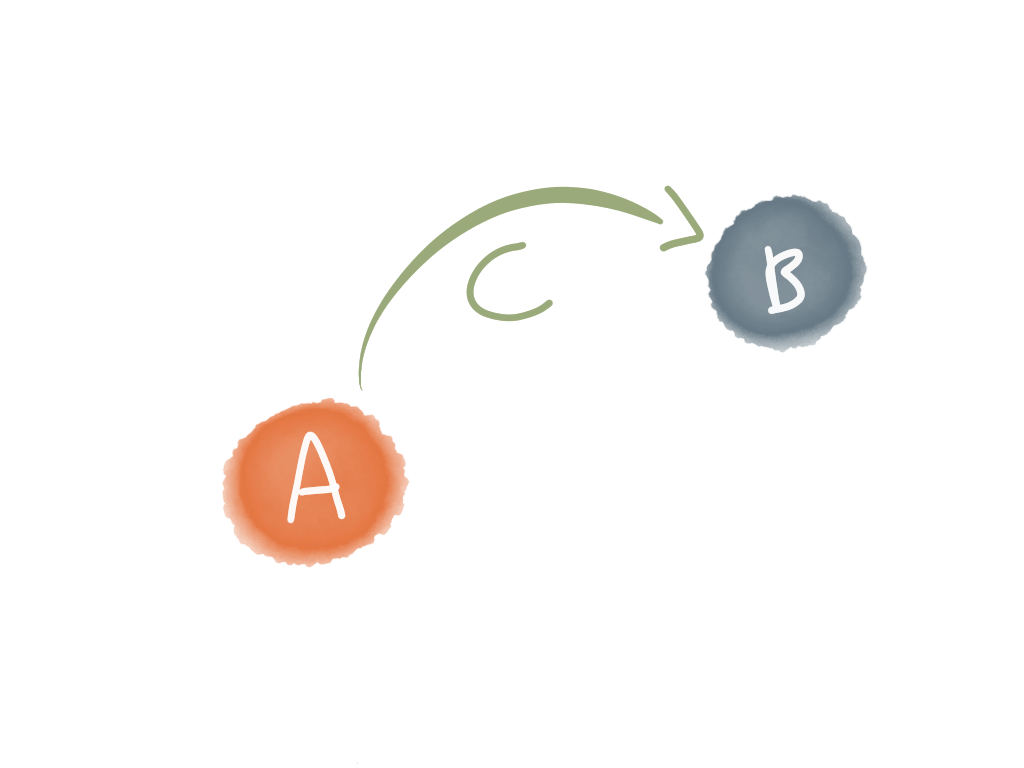
Query Examples
- Give me all the vertex that go from "A"
- Give me all the pairs connected by "C"
- Give me all the vertex that go to "B"
- Give me all the vertex that go to "B" through "C"
- ...

Hexastore: the fastest data structure for a Graph
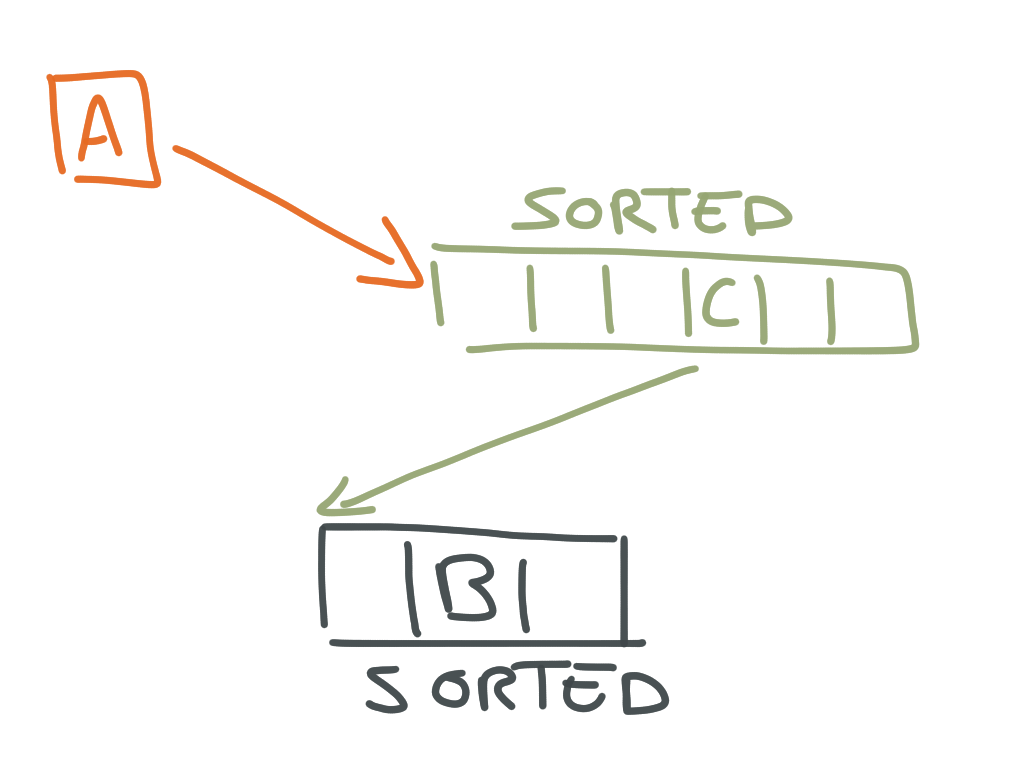
My Secret Ingredient for a Graph Database
LevelUp!
http://github.com/rvagg/node-levelup
The LevelDB library for Node.js
LevelDB is an ordered key-value store that can be embedded in ANY app
LevelDB
basic features:
- get
- put
- del
- batch
- ordered iterator
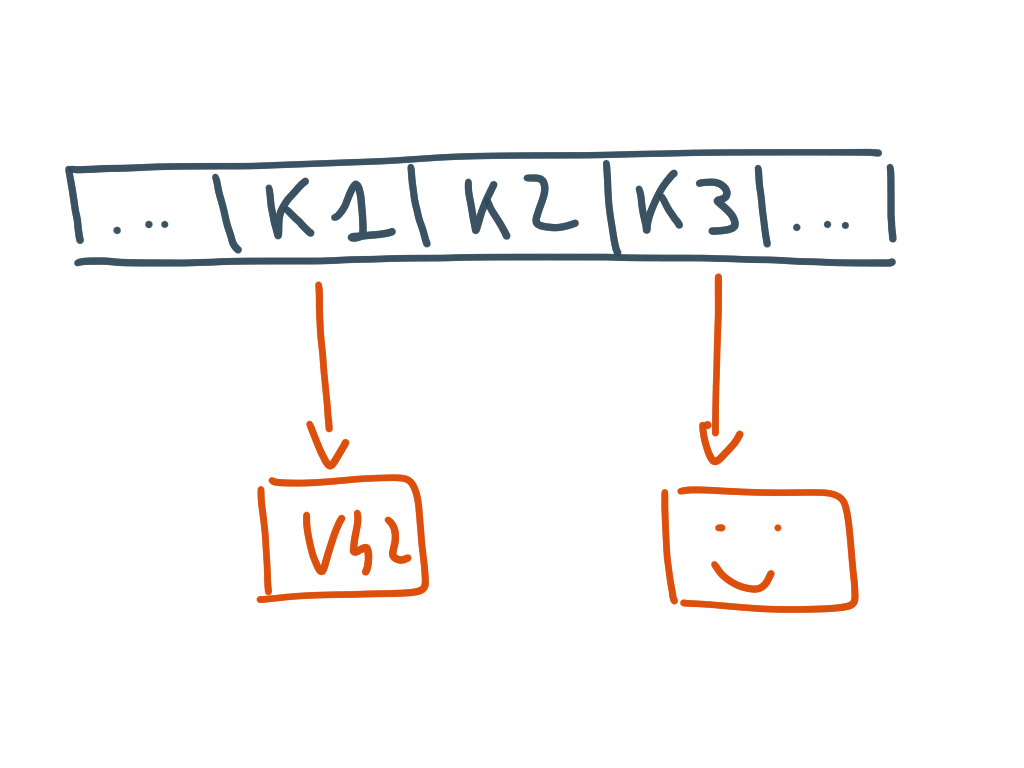
LevelUp
var db = level('your_database')
db.put('a', 'b', function() {
db.put('b', 'c', function() {
db.get('a', function(err, data) {
alert(JSON.stringify(data))
})
})
})
ReadStream
var db = level('your_database')
var stream = db.createReadStream({
start: 'a',
end: 'd'
})
stream.on('data', function(data) {
alert(JSON.stringify(data))
})
stream.on('end', function() {
alert('end!')
})
LevelUp's Ecosystem
| Tools |
|
||||||||||||||||||
| Packages |
|
||||||||||||||||||
| Extensions |
|
||||||||||||||||||
| Extensibility |
|
||||||||||||||||||
| Core |
|
||||||||||||||||||
| Storage |
|
||||||||||||||||||
LevelUp's Committers
| Rod Vagg | GitHub/rvagg | Twitter/@rvagg |
|---|---|---|
| John Chesley | GitHub/chesles | Twitter/@chesles |
| Jake Verbaten | GitHub/raynos | Twitter/@raynos2 |
| Dominic Tarr | GitHub/dominictarr | Twitter/@dominictarr |
| Max Ogden | GitHub/maxogden | Twitter/@maxogden |
| Lars-Magnus Skog | GitHub/ralphtheninja | Twitter/@ralphtheninja |
| David Björklund | GitHub/kesla | Twitter/@david_bjorklund |
| Julian Gruber | GitHub/juliangruber | Twitter/@juliangruber |
| Paolo Fragomeni | GitHub/hij1nx | Twitter/@hij1nx |
| Anton Whalley | GitHub/No9 | Twitter/@antonwhalley |
| Matteo Collina | GitHub/mcollina | Twitter/@matteocollina |
| Pedro Teixeira | GitHub/pgte | Twitter/@pgte |
| James Halliday | GitHub/substack | Twitter/@substack |
How to use LevelUp to build a Graph Database
Let's build an Hexastore!
Hexastore
We store 6 keys for each triple:
- spo::A::C::B
- sop::A::B::C
- ops::B::C::A
- osp::B::A::C
- pso::C::A::B
- pos::C::B::A

Put a Triple in LevelDB
var db = level('your_database')
var triple = JSON.stringify({
subject: 'A', predicate: 'C', object: 'B'
})
db.batch([
{ key: 'spo::A::C::B', value: triple, type: 'put' },
{ key: 'sop::A::B::C', value: triple, type: 'put' },
{ key: 'ops::B::C::A', value: triple, type: 'put' },
{ key: 'osp::B::A::C', value: triple, type: 'put' },
{ key: 'pso::C::A::B', value: triple, type: 'put' },
{ key: 'pos::C::B::A', value: triple, type: 'put' }
], alert.bind(null, 'Batch completed!'))
Ask a Triple to LevelDB
all nodes that are connected by "C"
var db = level('your_database')
var stream = db.createReadStream({
start: 'pso::C::',
end: 'pso::C::\xff'
})
stream.on('data', function(data) {
alert(data.value)
})
LevelGraph

http://github.com/mcollina/levelgraph
LevelGraph
- is an Hexastore built on LevelDB and LevelUp
- v0.1.0 was built on the night between the 25th and 26th of April 2013
- v0.8.0 was released this Christmas
- 250+ commits and counting
- works on Node and in the Browser
- small in size (< 1000 own lines of code)
- big on dependencies (~ 11000 lines of code)
- available on npm, bower or straight from github
Put Triples in LevelGraph
var graph = levelgraph('your_graph')
var triples = [{
subject: 'A', predicate: 'C', object: 'B'
}, {
subject: 'D', predicate: 'C', object: 'E'
}]
graph.put(triples, function(err) {
alert(err || "Successful!")
})
Ask Triples to LevelGraph
all nodes that are connected by "C"
var graph = levelgraph('your_graph')
var query = { predicate: 'C' }
graph.get(query, function(err, triples) {
alert(JSON.stringify(triples))
})
Deleting Triples in LevelGraph
var graph = levelgraph('your_graph')
var triples = [
{ subject: 'A', predicate: 'C', object: 'B' },
{ subject: 'D', predicate: 'C', object: 'E' }
]
graph.del(triples, function(err) {
graph.get({ predicate: 'C' }, function(err, triples) {
alert('LG found ' + triples.length + ' triples')
})
})
Stream Triples in LevelGraph
var graph = levelgraph('your_graph')
var stream = graph.putStream()
stream.write({
subject: 'matteo', predicate: 'friend', object: 'lucio'
})
stream.write({
subject: 'lucio', predicate: 'likes', object: 'beer'
})
stream.write({
subject: 'lucio', predicate: 'lives', object: 'brescia'
})
stream.end(null, alert.bind(null, 'Successful!'))
Stream Triples out of LevelGraph
all people that likes beer
var graph = levelgraph('your_graph')
var stream = graph.getStream({
predicate: 'likes',
object: 'beer'
})
stream.on('data', function(triple) {
alert(JSON.stringify(triple))
})
Is it all?
We did not build a graph just for this, right?
Searches
All my friends that like beer and live in Brescia
var graph = levelgraph('your_graph')
var x = graph.v('x')
graph.search([
{ subject: 'matteo', predicate: 'friend', object: x },
{ subject: x, predicate: 'likes', object: 'beer' },
{ subject: x, predicate: 'lives', object: 'brescia' }
], function(err, solutions) {
alert(JSON.stringify(solutions))
})
Searches
All my friends that like beer and live in Brescia, with Streams
var graph = levelgraph('your_graph')
var x = graph.v('x')
var stream = graph.searchStream([
{ subject: 'matteo', predicate: 'friend', object: x },
{ subject: x, predicate: 'likes', object: 'beer' },
{ subject: x, predicate: 'lives', object: 'brescia' }
]);
stream.on('data', function(triple) {
alert(JSON.stringify(triple))
})
How fast is LevelGraph?
- GET Up to 50.000 triples per second
- PUT Up to 22.000 triples per second
- SEARCH Up to 20.000 triples per second for two conditions
..but I want to store JS Objects!
LevelGraph-JSONLD
an Object Document Mapper for LevelGraph
var db = jsonld(levelgraph('jsonld'));
db.jsonld.put({
"@context": {
"name": "http://xmlns.com/foaf/0.1/name",
"knows": "http://xmlns.com/foaf/0.1/knows" },
"@id": "http://matteocollina.com",
"name": "Matteo",
"knows": [ { "name": "Daniele" }
{ "name": "Lucio" } ]
})
Linked Open Data
What does that mean?
Is your data accessible?

David Simonds, The Economist
Linked Open Data Cloud
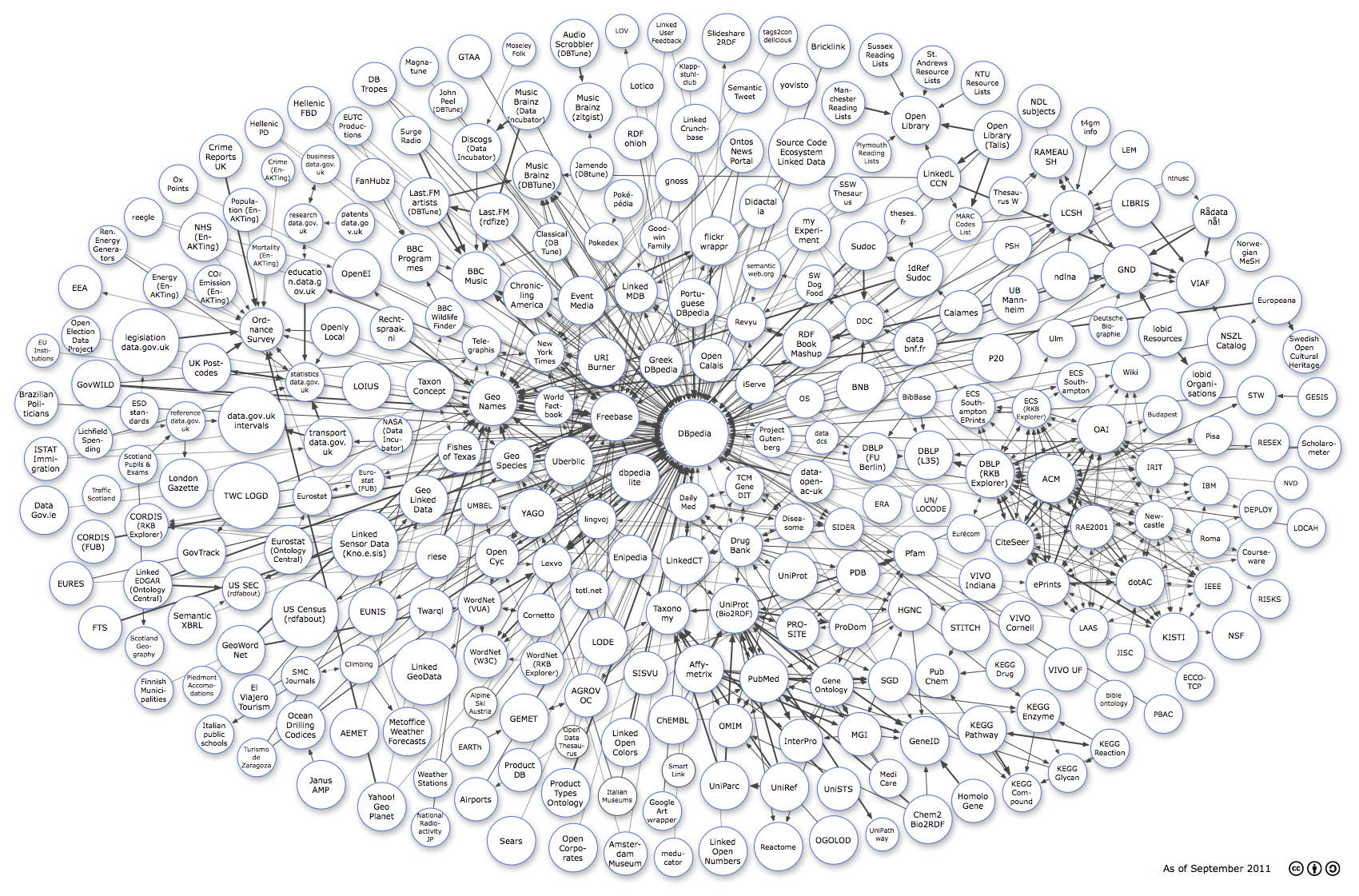
Linking Open Data cloud diagram, by Richard Cyganiak and Anja Jentzsch. http://lod-cloud.net/
Our Dataset
@prefix c: <http://example.org/cartoons#>.
c:Tom a c:Cat.
c:Jerry a c:Mouse;
c:smarterThan c:Tom;
c:place "fantasy".
That has id '#dataset'
Importing a Dataset
var graph = n3(levelgraph("n3"));
var dataset = document.querySelector("#dataset");
graph.n3.put(dataset.innerText, function() {
alert("import completed!")
var stream = graph.getStream({})
stream.on('data', function(triple) {
alert(JSON.stringify(triple))
})
});
Importing a Dataset with Streams
var graph = n3(levelgraph('n3'));
var fs = require("fs");
var stream = fs.createReadStream("./triples.n3")
.pipe(graph.n3.putStream());
stream.on("finish", function() {
console.log("Import completed");
});
LevelGraph

http://github.com/mcollina/levelgraph

http://github.com/mcollina
Yet Another Node.js Course
Node.js Basics
http://www.insana-academy.com/node-js-basics/- Events, Streams, Buffer, HTTP, Ereditarietà
- Testing con Mocha, Chai e Sinon
- Express
- WebSocket
- Grunt
- MongoDB and Mongoose
- ... lots of fun in Italian! :)
My Book: JavaScript Best Practices
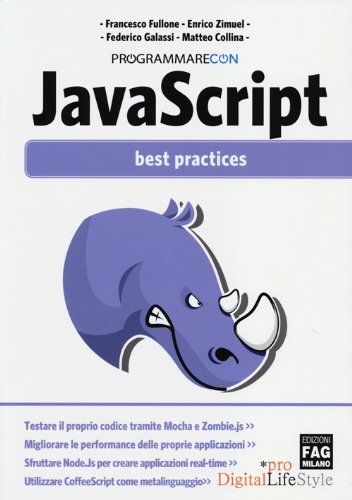
Thanks!
If you need help with node.js:
